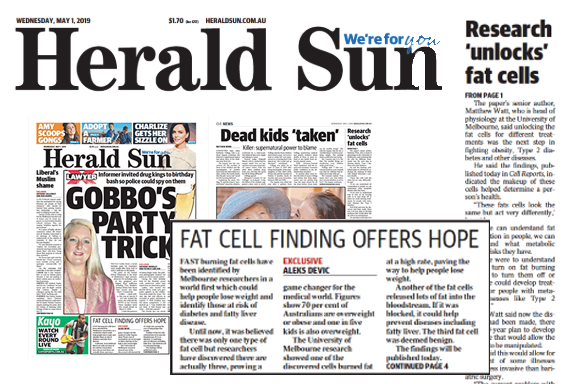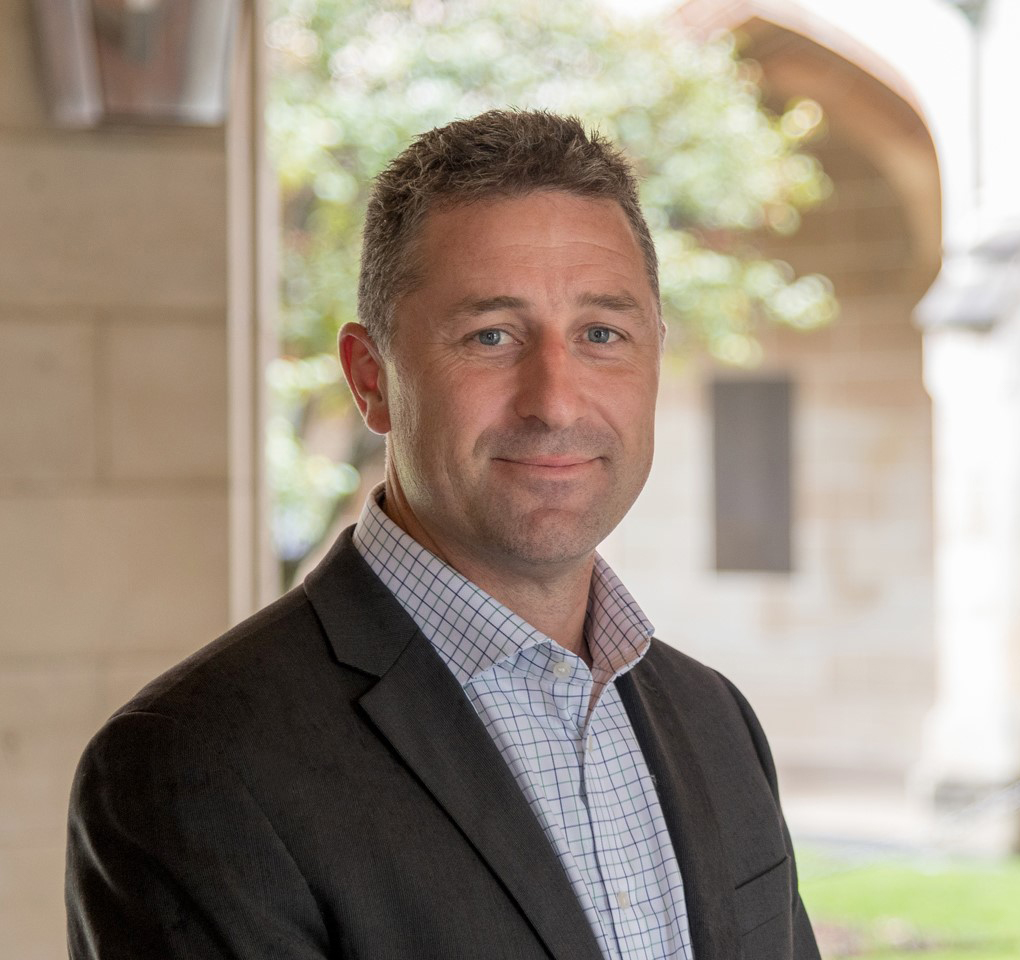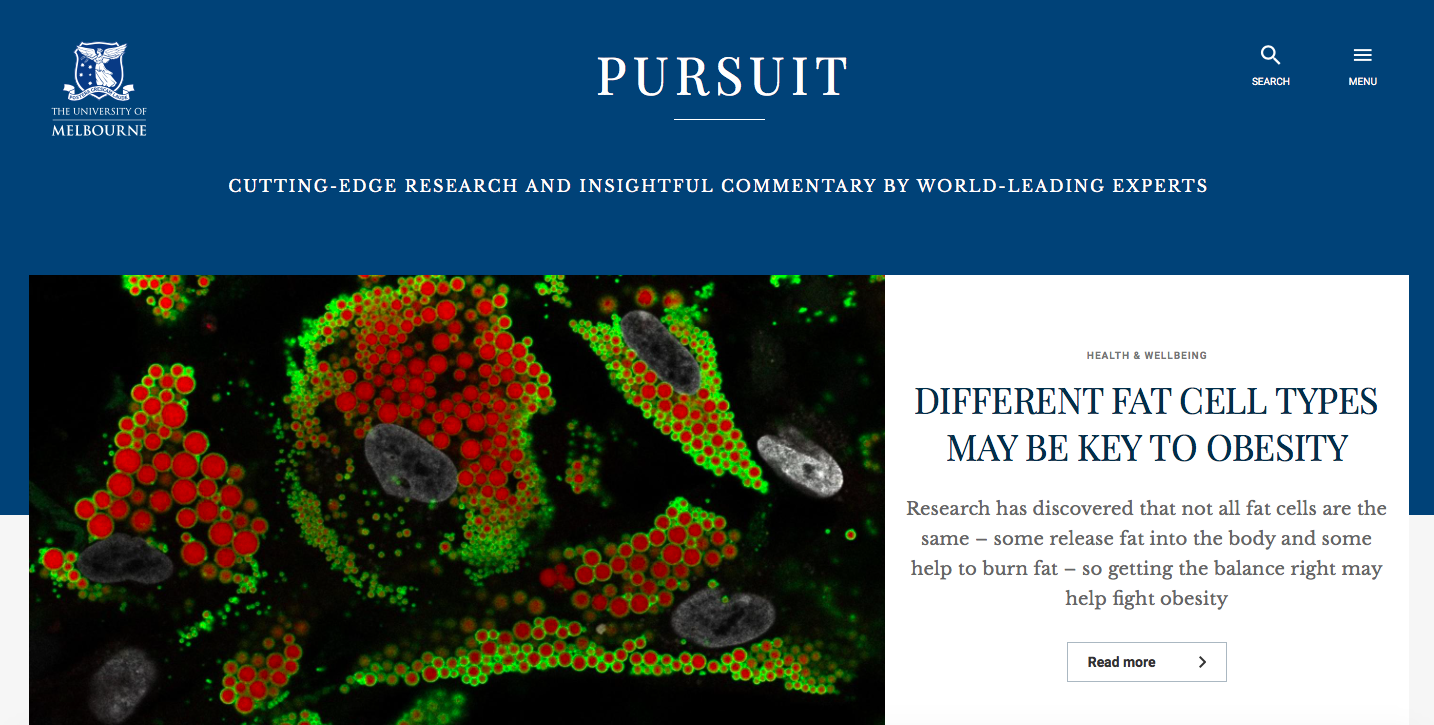Head of Physiology leads world-first fat cell discovery
University of Melbourne researchers make a major breakthrough in the fight against obesity after discovering fast burning fat cells. Here’s how.
In a world-first Professor Matthew Watt, Head of Physiology in the School of Biomedical Sciences, and his research team have discovered differences in white fat cells – with three cell subtypes playing a vastly different role in your health.
The six year study, published in Cell Reports overnight and reported on in today’s Herald Sun, could potentially identify people predisposed to metabolic diseases such as diabetes, cardiovascular disease and fatty liver disease.

The research identified ‘fast burning’ fat cells that if unlocked might help people lose weight – an important finding with about 70 per cent of Australians overweight or obese. What’s more, a person’s level of risk for metabolic diseases might depend on the type of fat they store.
The collaboration between the University of Melbourne, Monash University, Yale University and Alfred Health took samples from 50 human volunteers.
Researchers, particularly co-author Arthe Raajendiran, worked on separating the different cell types, investigating their genes and assessing proteins and metabolism.
They discovered three specific subtypes of precursor cells that went on to become fat cells.
- Subtype 1 releases lots of fat into the bloodstream – at a rate 100 times faster than other fat cells
- Subtype 2 burns energy at a high rate and could possibly prevent weight gain
- Subtype 3 was a rather benign but slow operating, normal fat cell
While all three cell subtypes were present in fat tissue throughout the body, some people had more of some cell subtypes and less of others.
Most notably, people with type 2 diabetes tended to have more of the releasing type of fat and less of the fat burning subtype. This means, it is possible the make-up of a person’s fat might be promoting type 2 diabetes, rather than other factors such as their weight.


“The discovery is important because it tells us that not all fat cells are the same and that by understanding the fat subtypes in a human, we might be able to predict their future metabolic health,” says senior author Professor Watt.
He adds, further research could potentially determine ways to ‘switch off’ the fat releasing cells and ‘switch on’ the fat burning cells. This would involve developing drug therapies and could take at least 10 years.
If developed, such treatments could help prevent some illnesses and be less invasive than bariatric surgery. But they should also involve lifestyle changes.
“Whilst we advocate new discoveries to inform the development of anti-obesity therapies, a healthy lifestyle, including daily activity and reduced food intake, is also important,” says Professor Watt.
Professor Watt has also made radio appearances on 3AW, Gold FM and ABC Radio to discuss the new findings.
Read more about this discovery on Pursuit.
